The work of Margaret Kilgallen
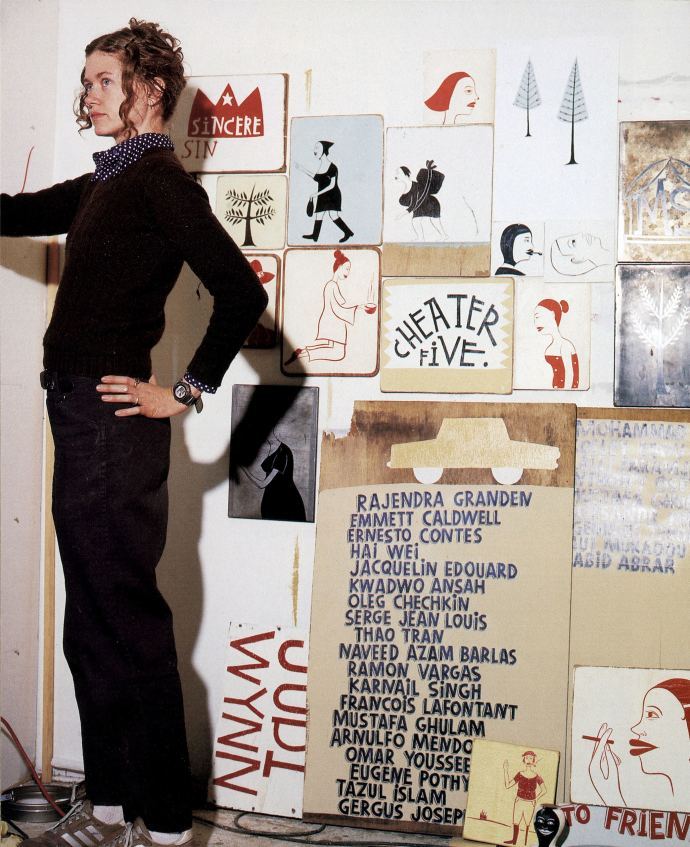
From Art21:
Margaret Kilgallen was born in 1967 in Washington, DC, and received her BA in printmaking from Colorado College in 1989. Early experiences as a librarian and bookbinder contributed to her encyclopedic knowledge of signs, drawn from American folk tradition, printmaking, and letterpress. Kilgallen had a love of “things that show the evidence of the human hand.” Painting directly on the wall, Kilgallen created room-size murals that recall a time when personal craft and handmade signs were the dominant aesthetic. Strong, independent women—walking, surfing, fighting, and biking—are featured prominently in the artist’s compositions.
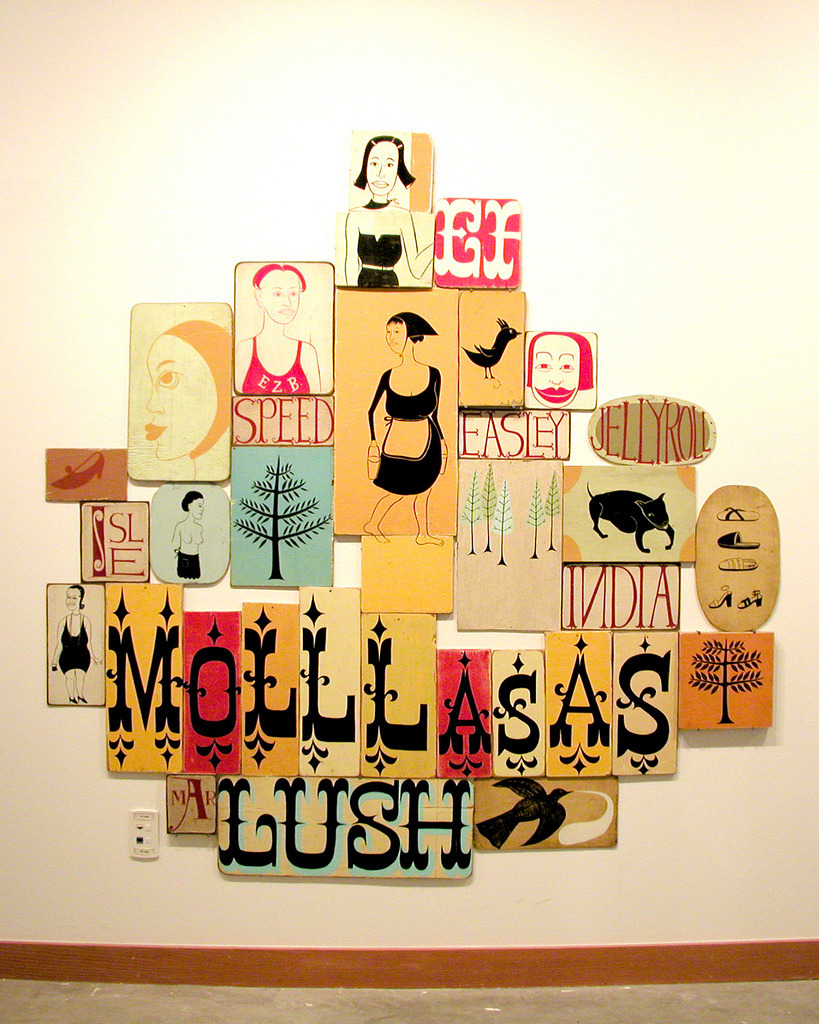
Kilgallen died of cancer at the age of 33, a few weeks after the birth of her daughter, Asha, widowing her husband, the artist Barry McGee.
Here’s a clip from Art:21 about the couple:
Dana Goodyear has a profile in The New Yorker this week about Kilgallen and McGee:
Like children playing away from the adults, Kilgallen and McGee occupied a world of their own invention. They lived cheaply and resourcefully, scavenging art supplies and furniture. Pack rats, they filled their home—first a warehouse building and then a two-story row house in the Mission—with skateboards, surfboards, paintings, thrift-store clothes, and other useful junk. At night, dressed identically in pegged work pants and Adidas shoes, they went on graffiti-writing adventures. She was daring, scaling buildings and sneaking into forbidden sites. He once painted the inside of a tunnel with a series of faces so that, like a flip book, it animated as you drove past.
In the studio they shared, Kilgallen and McGee worked side by side. He showed her how to make her own panels, and she brought home from the library the yellowing endpapers of old books, which they started painting on. She worked on her women; he painted and repainted the sad, sagging faces of the outcast men he saw around the city. They worked obsessively, perfecting their lettering, their cursives, and their lines. “Barry is busy downstairs making stickers,” Kilgallen wrote to a friend. “I hear the squeak of his pen—chisel tipped permanent black—I have been drawing pretty much every day, mostly, silly things; and when I feel brave I have been trying to teach myself how to paint.” When he needed an idea, he’d go over to her space and lift one. Deitch likens them to Picasso and Braque.
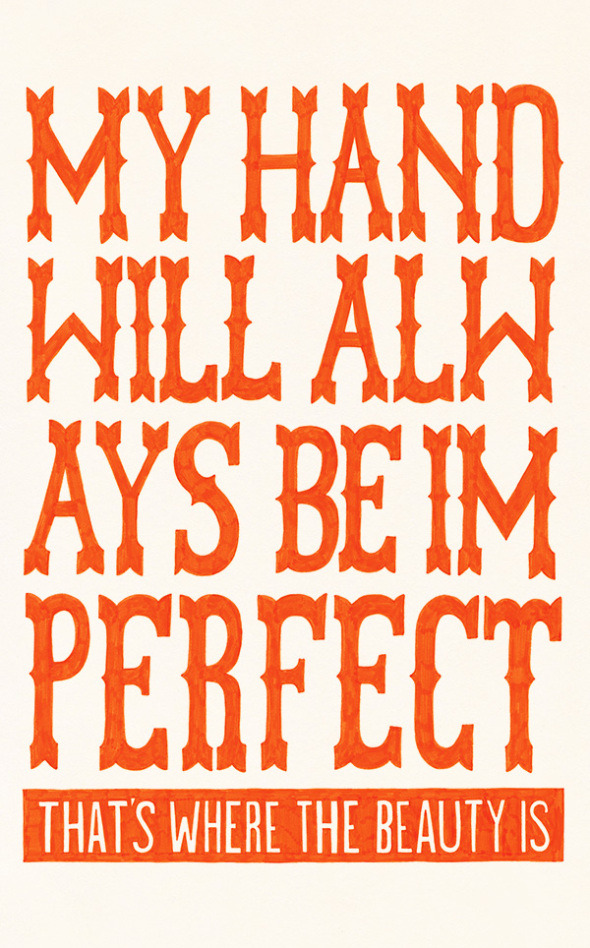
Here’s Kilgallen explaining her love of things hand-made:
I like things that are handmade and I like to see people’s hand in the world, anywhere in the world; it doesn’t matter to me where it is. And in my own work, I do everything by hand. I don’t project or use anything mechanical, because even though I do spend a lot of time trying to perfect my line work and my hand, my hand will always be imperfect because it’s human. And I think it’s the part that’s off that’s interesting, that even if I’m doing really big letters and I spend a lot of time going over the line and over the line and trying to make it straight, I’ll never be able to make it straight. From a distance it might look straight, but when you get close up, you can always see the line waver. And I think that’s where the beauty is.
Here’s a rad picture of her with her banjo:

Here’s a video of Kilgallen talking about some of her heroines (many of whom she featured in her work):
Her figures are beautiful, but I really love some of these more abstract pieces you can see here:

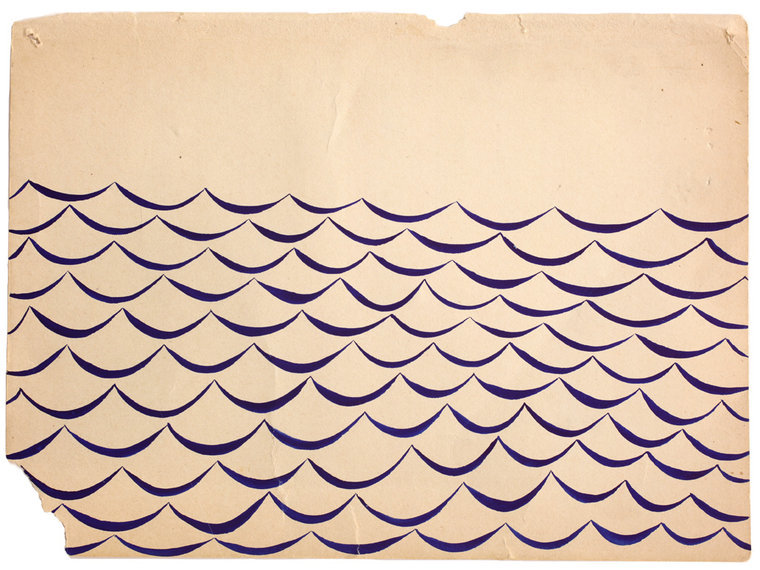
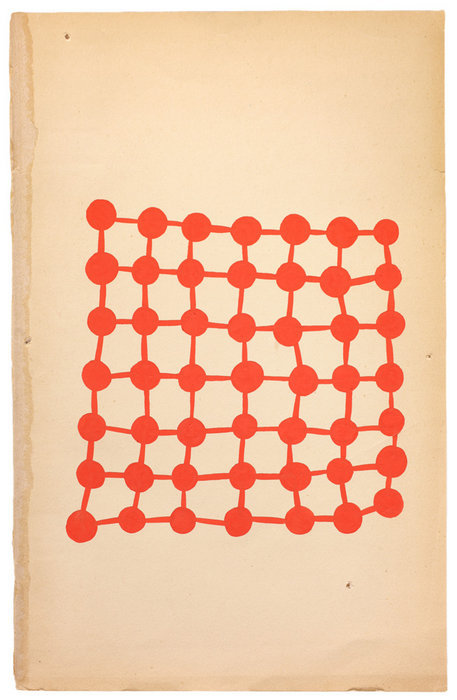
Really wonderful stuff. See more images here. RIP.
Filed under: art


 betzistar
betzistar